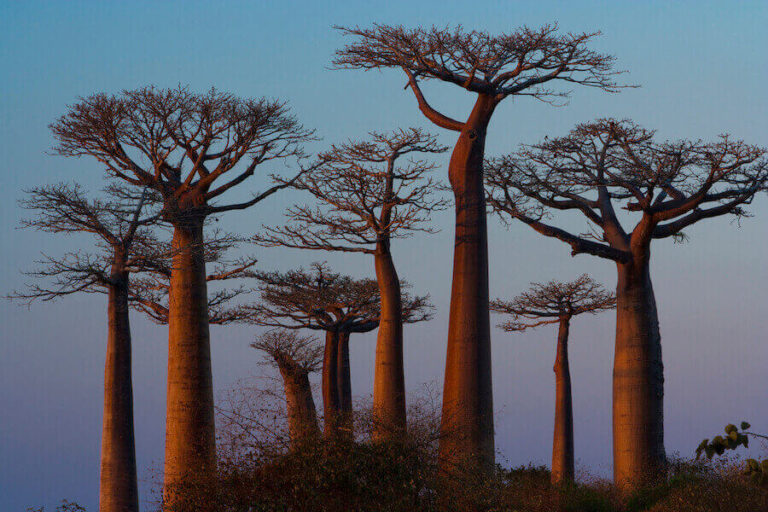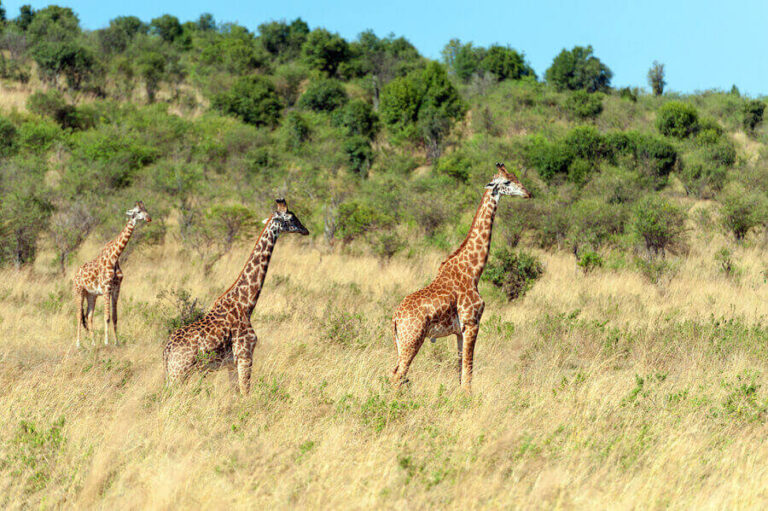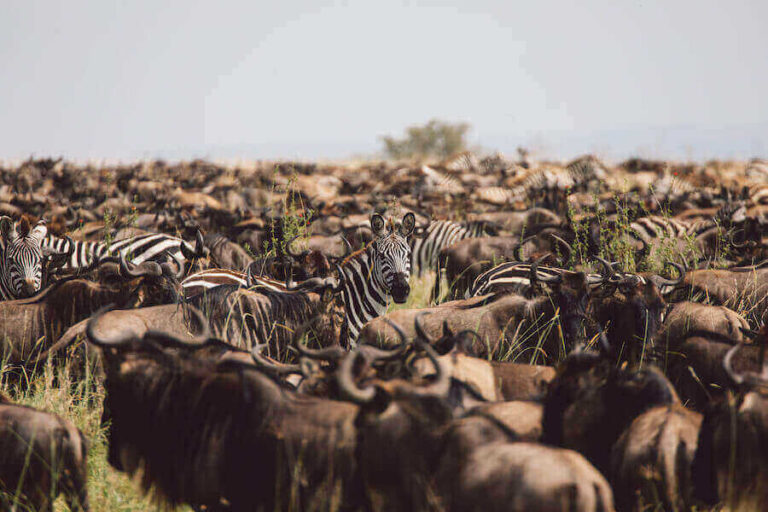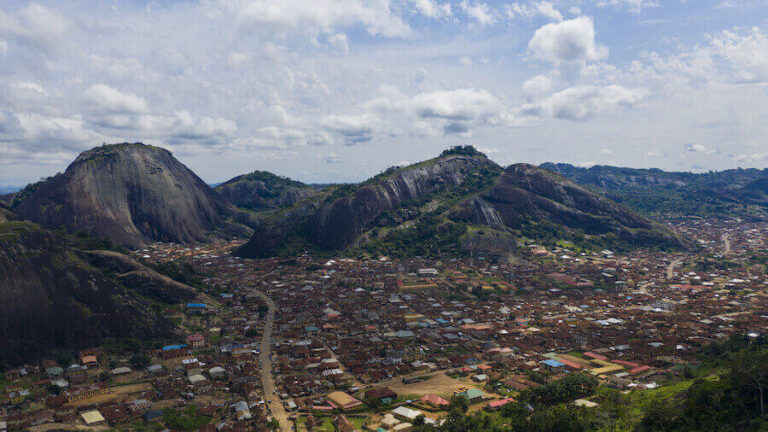Does It Snow In Ethiopia [Winter Travel]
Yes, it does snow in Ethiopia. It is often seen in the highland areas of the country such as the Simien Mountains, Bale Mountains, and some parts of the Amhara region. Snowfall usually happens between late December and early March.
Ethiopia Overview
Ethiopia is a landlocked country located in the Horn of Africa. It shares borders with Eritrea to the north, Djibouti, and Somalia to the east, Kenya to the south, and Sudan and South Sudan to the west.
Ethiopia covers an area of 1.1 million square kilometers (420,000 sq mi) and has a population of approximately 110 million people. This makes it one of Africa’s most populous countries as well as its second-most populous nation on the African continent after Nigeria.
Ethiopia is home to many different ethnic groups including Oromo (34%), Amhara (27%) Tigrayans (6%), Somalis (6%) among others. The official language is Amharic but there are more than 80 other languages spoken in various parts of Ethiopia such as Afar, Gurage, Sidamo etc.
Christianity was introduced by Syrian Orthodox missionaries during ancient times while Islam arrived later through Arab traders in the 8th century AD making both religions dominant faiths practiced today in Ethiopia along with traditional beliefs held by some communities throughout the country.
Ethiopians are known for their rich cultural heritage which includes music and dance traditions that have been passed down from generation to generation over centuries into present-day culture embracing both Christian and Muslim influences.
Ethiopia For Travel
Ethiopia is an incredible country filled with natural beauty and cultural diversity. From the lush, green highlands of the Simien Mountains National Park to the colorful sandstone buildings of Lalibela, Ethiopia is an adventure-seeker’s paradise and a must-visit destination for those looking to explore something off the beaten track.
There are plenty of activities to be done in this historic country. Raft down the Blue Nile Gorge, visit ancient churches and explore tribal cultures. Don’t forget to get a taste of the flavorful Ethiopian cuisine; savor delectable spiced dishes such as ‘doro wat’ and other traditional food.
The culture of Ethiopia also deserves exploration: learn about ancient languages still spoken today, take part in local festivals or simply appreciate the incredible handcrafted artistry showcased throughout its cities and towns.
With its stunning sunsets, majestic mountain peaks, and rugged landscapes, this is no shortage of amazing experiences awaiting you here. Ethiopia is a prime candidate for travelers looking to embark on a unique journey.
Ethiopia Climate
The Republic of Ethiopia is a country located in the Horn of Africa. It has a diverse climate, ranging from tropical to semi-arid depending on location and elevation. Generally speaking, Ethiopia’s climate is warm and sunny throughout the year, with temperatures rarely falling below 10ºC (50ºF).
In the lowlands of the country, temperatures can reach as high as 45°C (113°F) during the dry season from June to September. In contrast, the nights in Ethiopia’s highlands are cool and pleasant during this same period of time.
Rainfall occurs mainly between April and October in Ethiopia, although there is some variability depending on the region.
The northern highlands experience the most rainfall during this period, with some areas receiving up to 600 mm (24 inches) of rain annually. Southern and western parts of Ethiopia, however, are much drier, with only about 100 to 200 mm (4 to 8 inches) of rain falling each year.
Winter In Ethiopia
Winter in Ethiopia ranges from December to February, with temperatures varying greatly depending on the region. In the highlands of Ethiopia, winter brings cooler weather and the occasional snowfall. The climate in these areas can be quite cold, especially at night when temperatures drop close to freezing.
Meanwhile, in other regions such as the coastal plains and lowland valleys, winter days are milder but still cool enough for warm clothing. Rainfall also increases during this season and provides relief from the hotter months that come before it.
Overall, winter in Ethiopia is an enjoyable time of year with plenty of opportunities to explore its diverse landscapes while enjoying cooler temperatures than usual.
When Does It Snow In Ethiopia
Snow is a relatively rare occurrence in Ethiopia, but it does happen from time to time. The mountainous regions of the country experience snowfall more often than other areas.
In general, most of the snowfall in Ethiopia occurs during the months of December and January, although it can sometimes occur any time between September and March. Snow is usually not seen in lowland areas.
December Climate And Snow In Ethiopia
December in Ethiopia is usually a dry month – the average temperature across much of the country hovers in the mid to high 70°F (around 23-26°C), but with very little precipitation. This makes it an ideal time of year to explore Ethiopia’s incredible landscapes and wildlife, as the weather tends to be dry and sunny.
However, it is worth noting that the Simien Mountains and Bale Mountains regions can be significantly cooler, with temperatures dropping well below freezing at night. If you plan on visiting these areas, be prepared for colder weather and bring plenty of layers.
January Climate And Snow In Ethiopia
January in Ethiopia is a month of transition. The weather varies greatly depending on the region and elevation.
In most areas, temperatures range from warm to hot during the day and cold to chilly during the night. The northern part of Ethiopia experiences higher temperatures than the rest of the country due to its proximity to the equator.
Average temperatures in the lowlands can range from 17-30°C (63-86°F). In higher elevations, temperatures may be as low as 8-15°C (46-59°F). The southwestern part of the country experiences cooler temperatures due to its closeness to Lake Tana.
February Climate And Snow In Ethiopia
February in Ethiopia is a pleasant time of year, as temperatures remain mild and there is plenty of sunshine throughout the month. Daytime temperatures average between 19-25°C (66-77 °F), while nighttime temperatures cool off to just 10-14°C (50-57°F).
Due to its location in the Northern Hemisphere, February is the start of Ethiopia’s dry season, with little to no rain throughout the month.
The Blue Nile Falls are at their most spectacular during this time of year, as the area experiences a dramatic drop in water levels due to the lack of rainfall. Adventure seekers and nature enthusiasts should visit this stunning landmark and experience it in its fullest glory.
Where Does It Snow In Ethiopia
The vast majority of Ethiopia’s snowfall occurs in the highlands of the Simien Mountains and Bale Mountains National Park. These mountainous regions lie above 3,000 meters (9,843 feet) and experience the most consistent snowfall in the country. While it is rare in most parts of Ethiopia, snow is often seen between January and March in these two parks if any
Winter And Snow In Ethiopia’s Major Cities
Winter In Addis Ababa
The winter season in Addis Ababa is characterized by cold temperatures and dry air. Average winter temperatures range between 7°C (45°F) and 20°C (68°F). During the night, temperatures usually drop to around freezing point or lower, while days are often mild but not too warm. In addition to the cold, wintertime in Addis Ababa is usually very dry, with minimal precipitation and snowfall.
This can make for a great winter getaway if you’re looking to escape the chill of colder climates! The city offers plenty of activities that are perfect for the cold – warm drinks, cozy restaurants and cafés, and plenty of outdoor sightseeing around town.
Winter In Gondar
Winter in Gondar, Ethiopia is a season of contrasts. The temperatures generally range from mild during the day to cool at night, and occasional warm days can occur when the sun is out.
During winter, the days are typically dry and sunny, while the nights are often cold and clear. The average temperature during this season falls between 43-64° F (6-18° C).
Winter in Gondar is a great time to explore the city’s many attractions. The Royal Enclosure, a complex of castles and churches built by Emperor Fasilides, is especially stunning during winter. Visitors can also take trips to the nearby Simien Mountains for stunning views.
Winter In Bahir Dar
During the winter months in Bahir Dar, Ethiopia, the temperature is typically cool and mild. Daytime high temperatures average between 75-80°F (24-27°C), while nighttime lows can range from 42-50°F (6-10°C). The city generally experiences sunny days with some clouds during this season.
The winter season in Bahir Dar also brings with it some of the most spectacular views of the nearby Lake Tana. This massive body of water is known for its beautiful sunsets, which can be viewed from various vantage points around the city. The adjacent Blue Nile River Gorge, often referred to as “the Grand Canyon of Ethiopia”, is also a sight to behold during this time of year.


![Does It Snow In Algeria [Winter Travel]](https://offseasonbackpack.com/wp-content/uploads/2023/01/does-it-snow-in-algeria-768x512.jpg)


